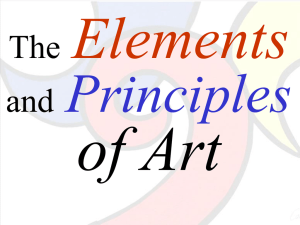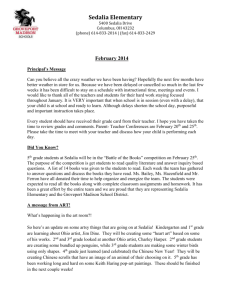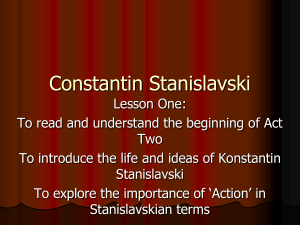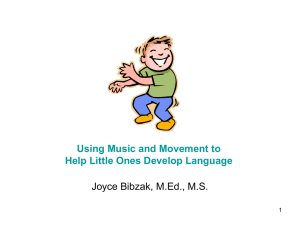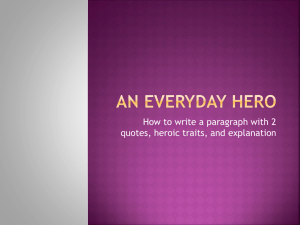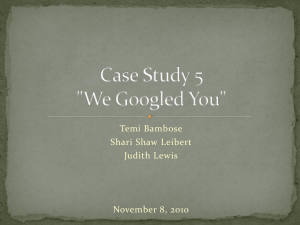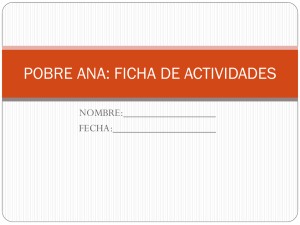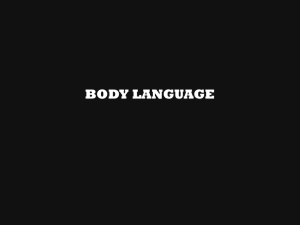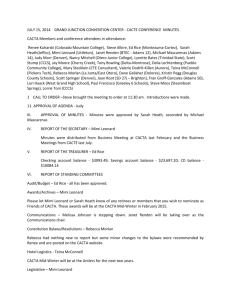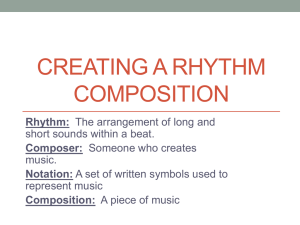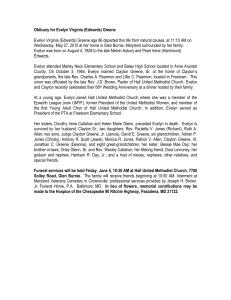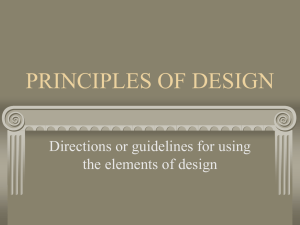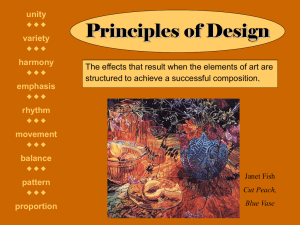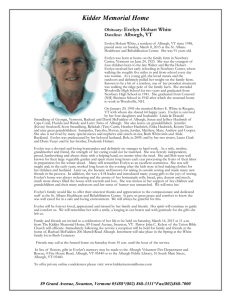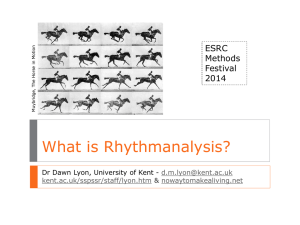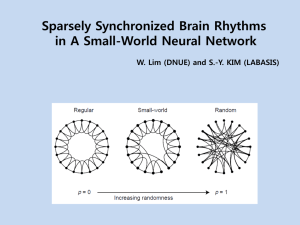Richard Boleslavsky Acting: the First Six Lessons (February 4, 1889
advertisement
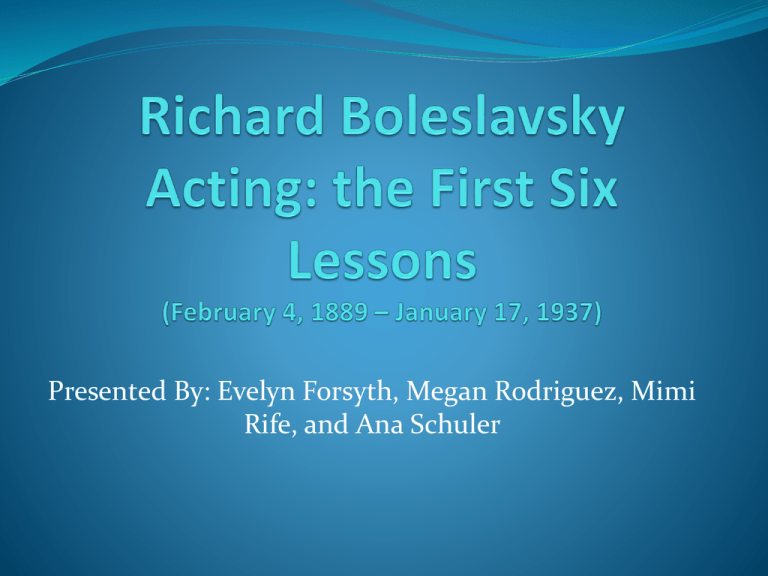
Presented By: Evelyn Forsyth, Megan Rodriguez, Mimi Rife, and Ana Schuler Life of Boleslavsky Megan Polish actor and director Member of the Moscow Art Theatre and director of it’s first studio Moved to NY 1920’s- first teacher of the Stanislavski system Later directed Broadway plays & Hollywood films in the 1930-40’s The First Lesson: Concentration Ana Actor's concentration: The human soul. First Period: The Searching Second Period: The constructive The five senses are the key to creation Three parts of education Body Culture and intellectual concepts Training of the soul Exercise #1 all Education of the body Gymnastics: Stretching and Roll Down Dancing: Interpretive Breathing Exercises: Sizzling 3 times on “S” and “Z”, Filling up lungs Voice: Counting Diction: To Sit in Solemn Silence on a Dull Dark Dock, New York The Second Lesson: Memory of Emotion Ana Unconscious Reactions Example: Cucumber story “To imitate is wrong. To create is right.” Use of personal experiences Abstract connections Murderer – bug killing Exercise #2 Megan Pick a partner; A and B A: Recall a short story to them in full detail A: Retell story with less detail A: Finally try to recreate the emotions without words. Do the same steps with partner B The Third Lesson: Dramatic Action Evelyn Leaves: Presentation of idea Branches: Elements of the idea (coming from actor) Trunk: Idea, Reason (coming from director) Exercise #3 Mimi Pick a Partner; A and B “One must choose his or her actions in accordance with the character of the part that opposes them.” Three situations: Two teenage friends A: college student, B: Senior citizen A: Skater, B: Valedictorian A: So, you’ve finally made it to the fishbowl? B: The what? A: That’s what we call the box office. Its an inside joke. B: Oh. I guess. Mr. Boston said he wanted you to train me. A: Then let the training begin. People come up. They say what movie they want. You press this button. Take their money. Give them their ticket. There, you’re trained. B: Now what? A: Now sit down and wait. No one’s coming tonight. It’s Christmas Eve and all our movies suck. The Fourth Lesson: Characterization Megan Pathological hypnotism: Unbelievable acting Too complete sincerity Create a unique life and soul Physical & emotional personality: Real life examples Previous acting roles Author’s mind process Romeo & Juliet example Exercise #4 Evelyn Analyze the pictures below for: Artist Motives Time period Character situation Create a new posture based on these character choices The Fifth Lesson: Observation Observation in relation to acting Unusual things in everyday life Builds memory and memory capacity Develop sensory and muscle memory Enriches inner life Fully appreciate different personalities Mimi Exercise #5 Evelyn Get into pairs; assign A & B Both will observe the video and take note of specific actions/gestures B will pantomime the clip for A A will point out any missed steps. Switch; repeat steps for next clip. http://www.youtube.com/watch?v=AmnhmHHOzKc http://www.youtube.com/watch?v=K9kVsnTQh-g The Sixth Lesson: Rhythm Mimi Levels of Rhythm: Consciousness Emotions result of other’s feelings Create your own rhythm (take into account other’s rhythm) Building Rhythm Absorb sounds of nature Listen to music with entirety Exercise #6 Ana Lie down on the floor Close your eyes and concentrate on the music played Discuss the different types of rhythms presented in the music Conclusion: CEACOR C: concentration E: emotions A: action C: characterization O: observation R: rhythm
